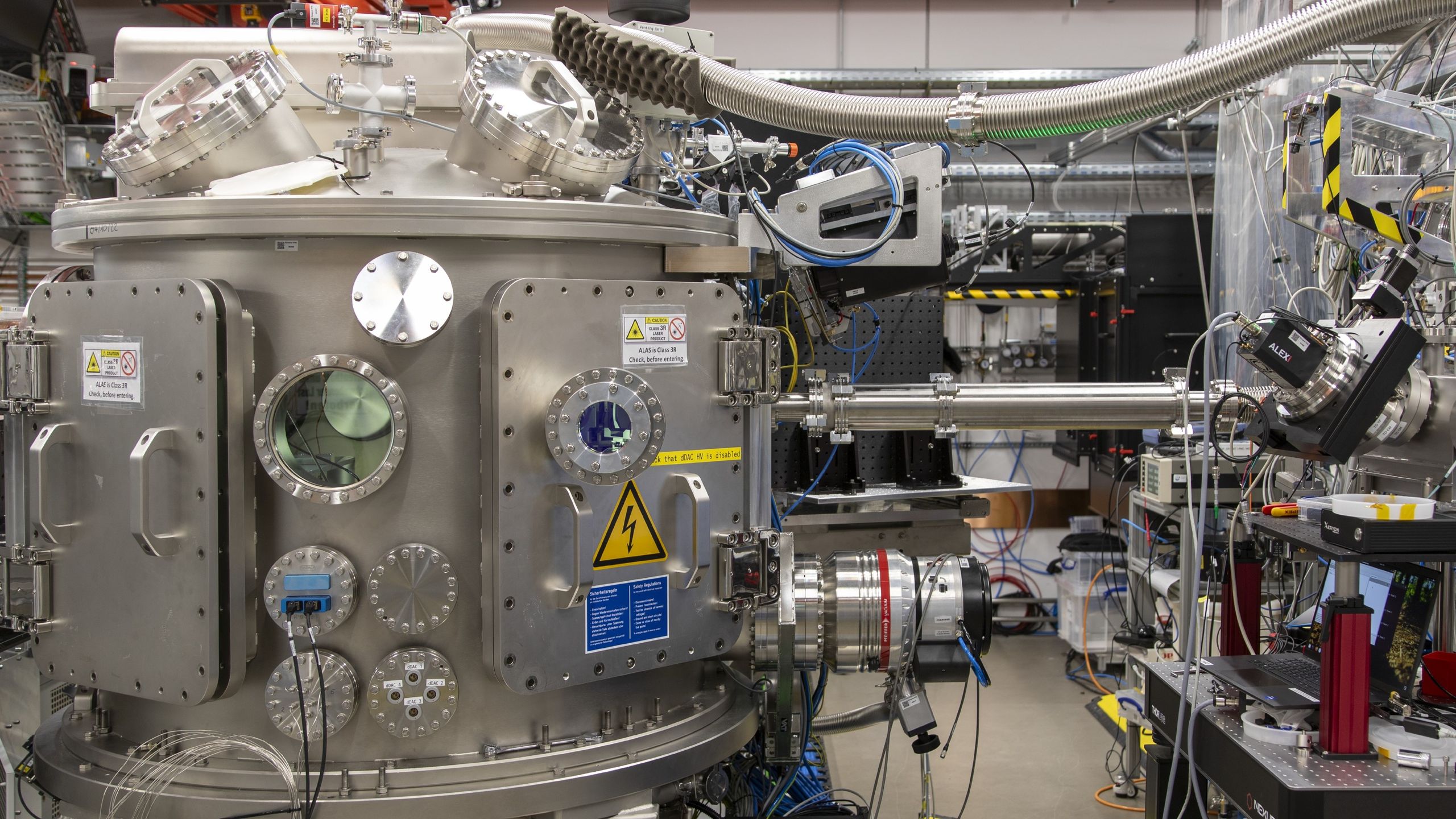Four key plasma proteins associated with potential causal roles in blood pressure (BP) regulation and increased risk of cardiovascular (CV) events, including coronary artery disease (CAD) and stroke, were identified in a Mendelian randomization (MR) study published Oct. 10 in EHJ.
First, Devendra Meena, DPhil, et al., leveraged genetic instruments from 2007 plasma proteins measured in the UK Biobank study to determine their causal effects on systolic BP (SBP) and diastolic BP (DBP) in an MR analysis. Then they performed Bayesian co-localization analyses to test whether identified associations shared causal variants. Last, they examined proteins showing strong associations in UK Biobank participants to assess relationships between proteins, BP and cardiovascular events.
Results showed that 242 proteins associated with BP (185 for SBP, 137 for DBP; false discovery rate [FDR] <0.05) were identified using proteome-wide MR. Of these, 48 were also linked to CAD or stroke. Four proteins (ACOX1, FGF5, FURIN, and MST1) were reported with potential causal roles and were supported by genetic co-localization analyses (FDR 5%; posterior probability ≥70%).
Findings also revealed that genetically predicted FURIN and FGF5 were strongly associated with BP and stroke risk, whereas ACOX1, FGF5 and MST1 might have causal effects on CAD. Notably, network MR indicated that a large portion of their impact on CAD and stroke (31%–78%) was mediated through BP regulation. These findings were further supported by observational analyses.
Meena and colleagues write that “these findings provide novel insights into the molecular mechanisms underlying hypertension-related [cardiovascular disease] and identify promising protein targets for further investigation.”
In an accompanying editorial comment, Patricia B. Munroe, PhD, et al., note that the study “provides a framework for exploring causal and mediator relationships between plasma proteins of risk factors and disease outcomes” and that the findings “provide a ‘snapshot’ of the role of BP proteins on cardiovascular outcomes, as datasets are limited to plasma and there is incomplete coverage of the proteome.”








